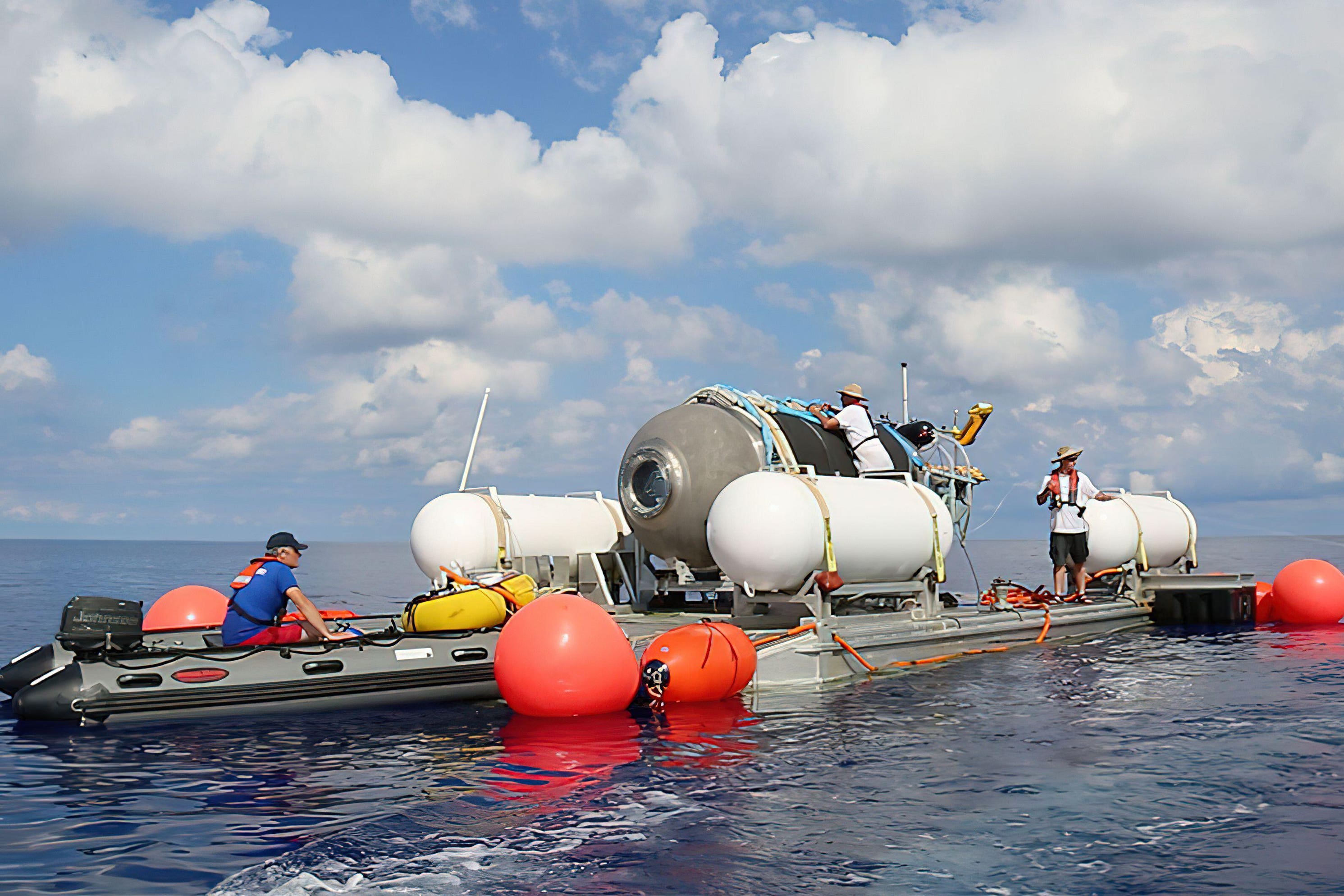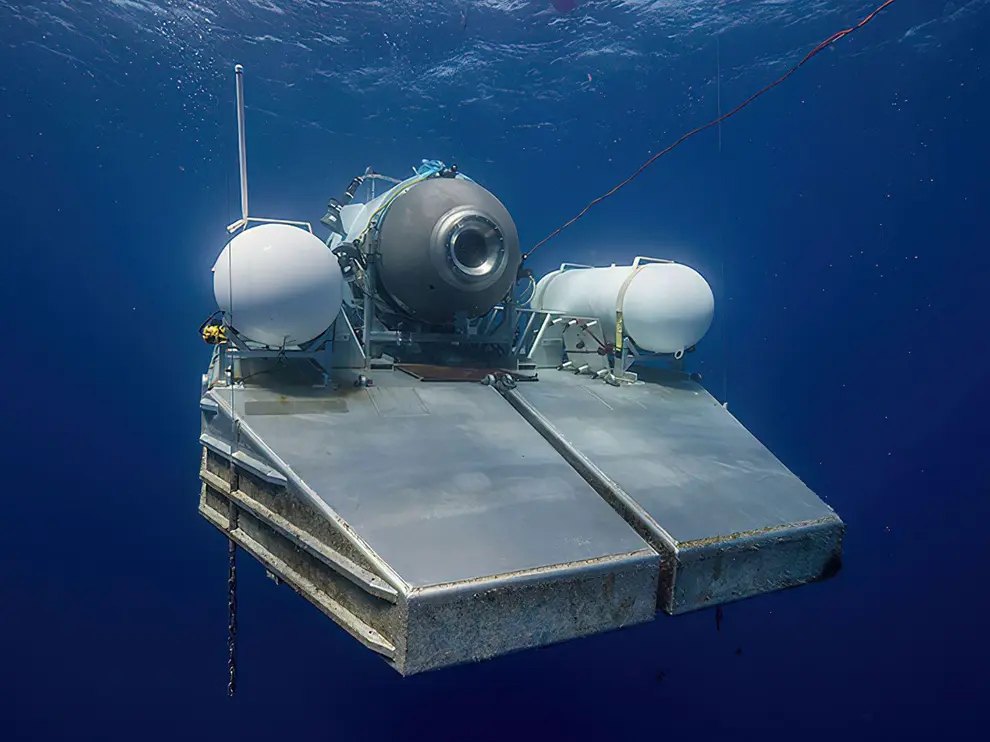Titan: The ocean’s depths hold countless wonders and mysteries that continue to captivate our imaginations. However, the recent tragedy that unfolded in the Atlantic Ocean is a stark reminder of the inherent dangers of underwater exploration. In a catastrophic turn of events, a submersible carrying five individuals on a journey to the Titanic shipwreck site experienced an implosion, leading to the presumed loss of all onboard. This devastating incident has ignited a global conversation about the risks involved in deep-sea exploration and the need for enhanced safety measures.
/cdn.vox-cdn.com/uploads/chorus_image/image/72390113/GettyImages_1258873248.0.jpg)
The Submersible Titan Photos Incident

The incident that transpired during the ill-fated expedition has sent shockwaves through the world of deep-sea exploration. The submersible, equipped with a skilled pilot and a team of scientists, was en route to the Titanic wreckage, a site that has fascinated people for more than a century. At a depth of approximately 1,378 meters below sea level, the submersible unexpectedly suffered a catastrophic implosion, catching the crew off guard and leaving them in a helpless situation as their vessel rapidly sank.
Unanswered Questions and Lingering Debates

As the news of the submersible incident spread, it sparked a heated debate regarding the permission granted for such perilous expeditions. Supporters of deep-sea exploration argue that delving into history and learning from past events is crucial. They assert that the Titanic wreckage provides a unique opportunity for scientists to gain a comprehensive understanding of the ship’s construction and the circumstances leading up to its tragic demise. However, critics question whether the risks involved in these missions outweigh the potential gains, particularly in light of the recent tragedy.
The Significance of Safety in Deep-Sea Exploration

The heartbreaking loss of life serves as a somber reminder of the significant risks inherent in deep-sea exploration. While the inability to reverse the tragic outcome is deeply saddening, this incident should serve as a catalyst for the development of even more advanced and safer submersibles and equipment. The pursuit of scientific exploration should not be curtailed by fear but should be coupled with unwavering commitment to the safety and well-being of those involved.
Advancements in Deep-Sea Technology

In light of recent events, it is essential to emphasize the urgent need for advanced technological innovations in deep-sea exploration. The development of sturdier and more resilient submersibles, equipped with state-of-the-art safety features, can help mitigate the risks associated with these endeavors. Additionally, investing in cutting-edge underwater imaging systems and communication tools will enhance the efficiency of search and rescue operations, minimizing response times and maximizing the chances of successful outcomes in emergencies.
A Unified Call for Collaboration

The loss of the five brave individuals during their pursuit of scientific exploration has united the world in mourning. It is imperative for governmental bodies, research institutions, and private entities involved in deep-sea exploration to come together and establish standardized safety protocols. By sharing knowledge, best practices, and lessons learned, the entire community can collectively strive to ensure the highest level of safety for all explorers who venture into the ocean’s depths.

The tragic incident surrounding the missing submersible Titan Photos has shed light on the inherent dangers and risks associated with deep-sea exploration. It serves as a solemn reminder of the bravery and dedication exhibited by those who relentlessly pursue scientific knowledge, even at great personal peril. As we mourn the loss of the five individuals who tragically lost their lives, let us honor their memory by redoubling our efforts to prioritize safety, foster technological advancements, and promote collaboration within deep-sea exploration. Only through such measures can we continue unveiling the mysteries and wonders beneath the ocean’s surface.
